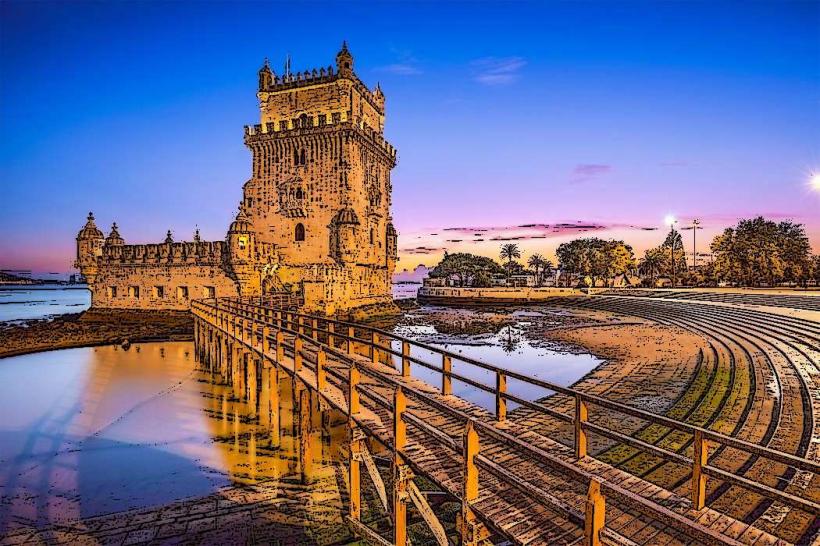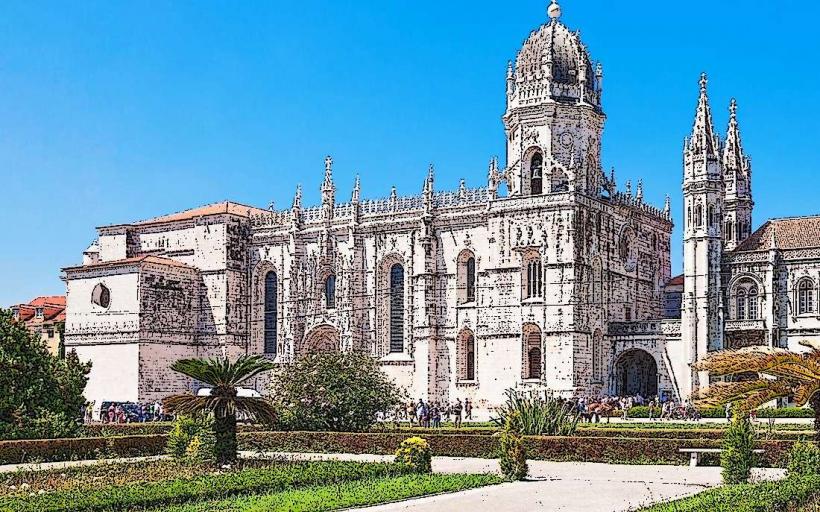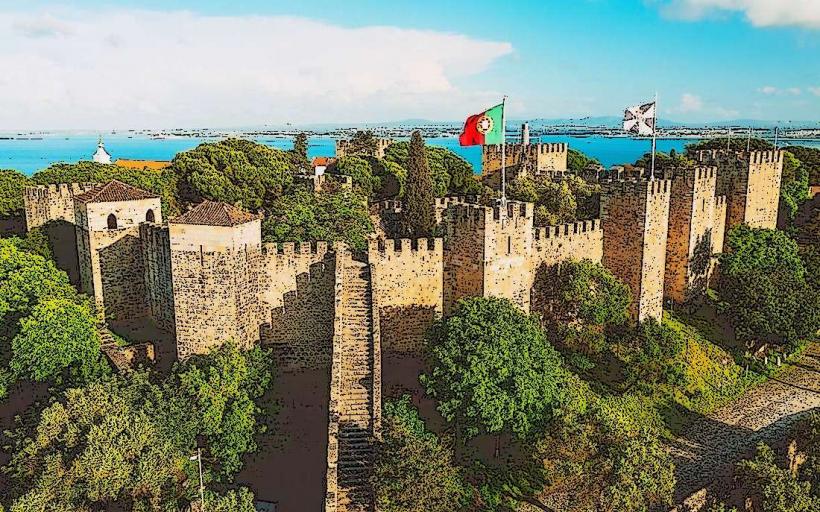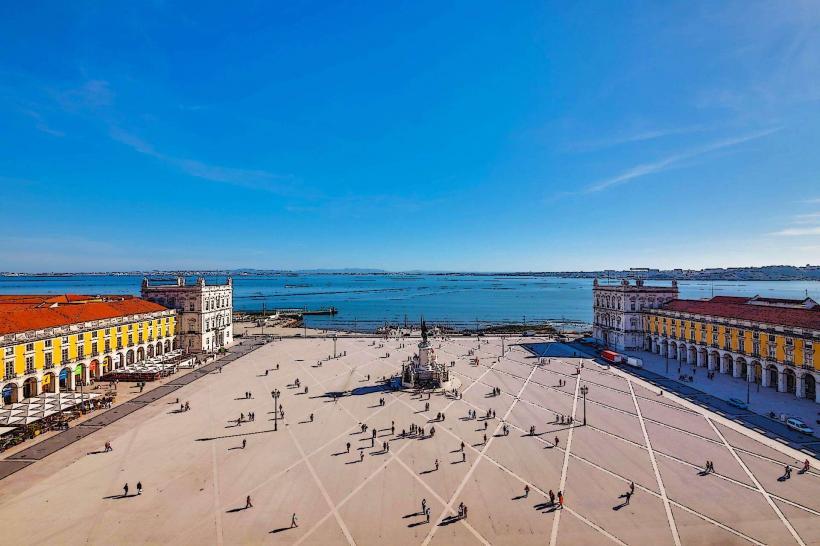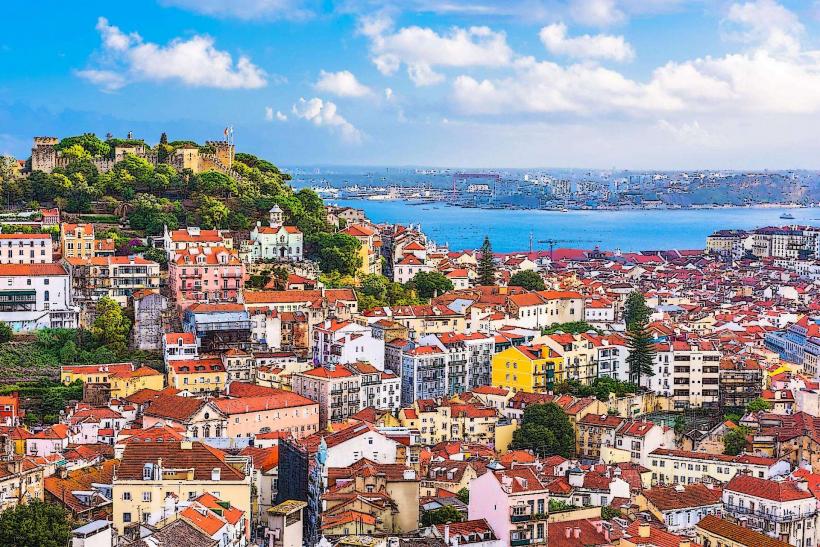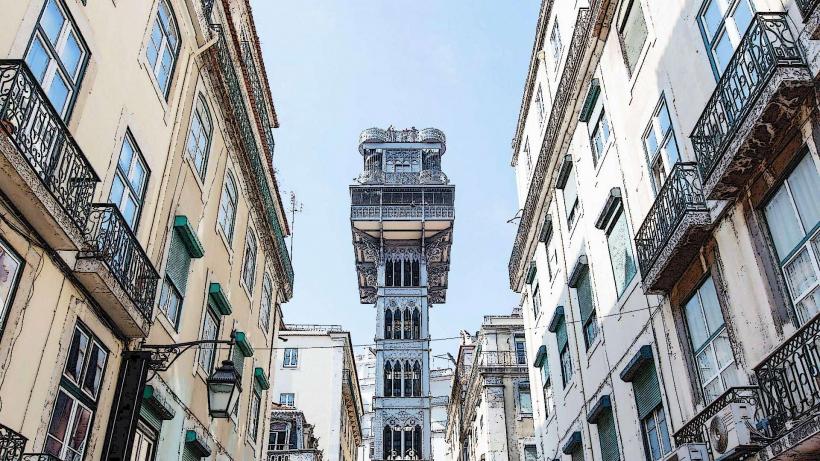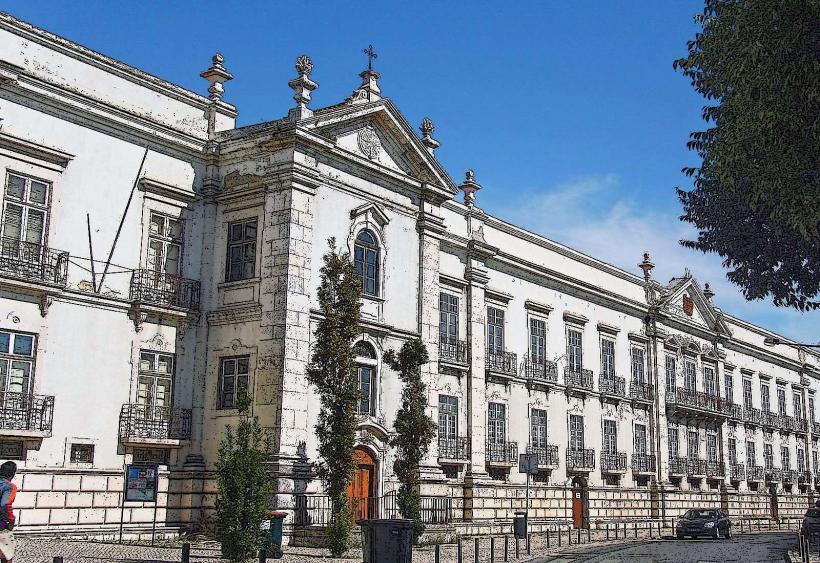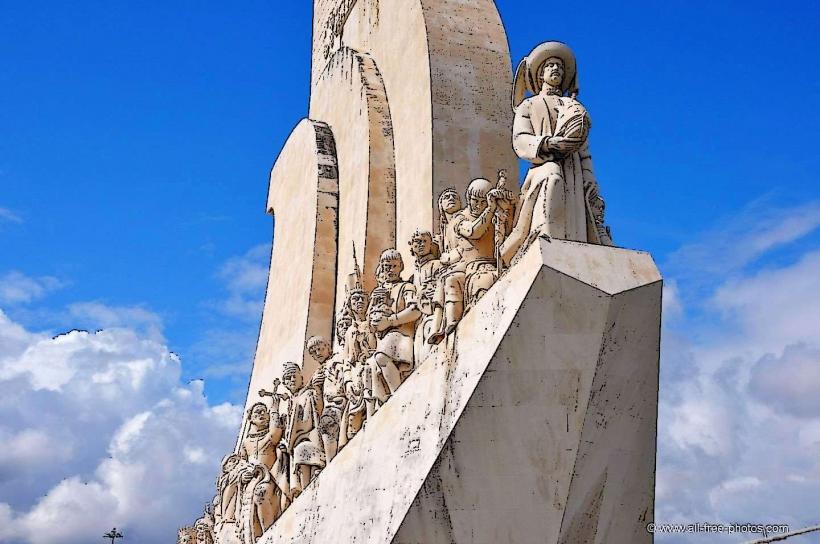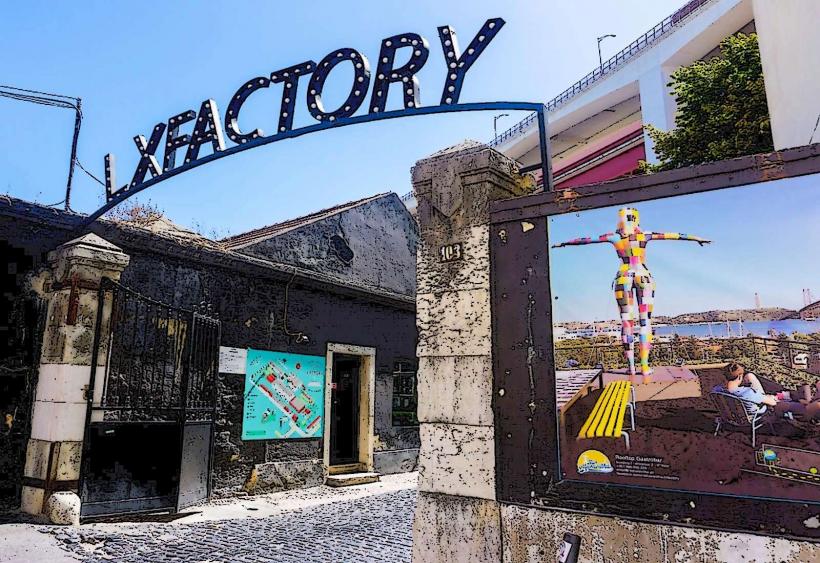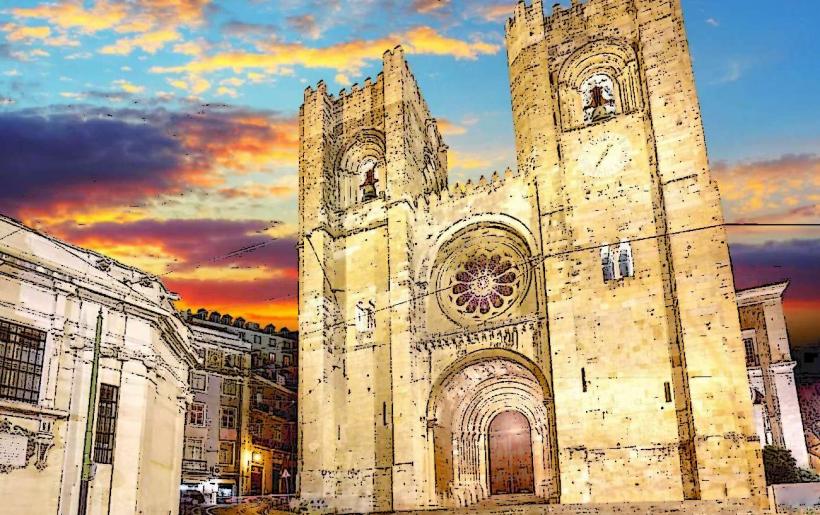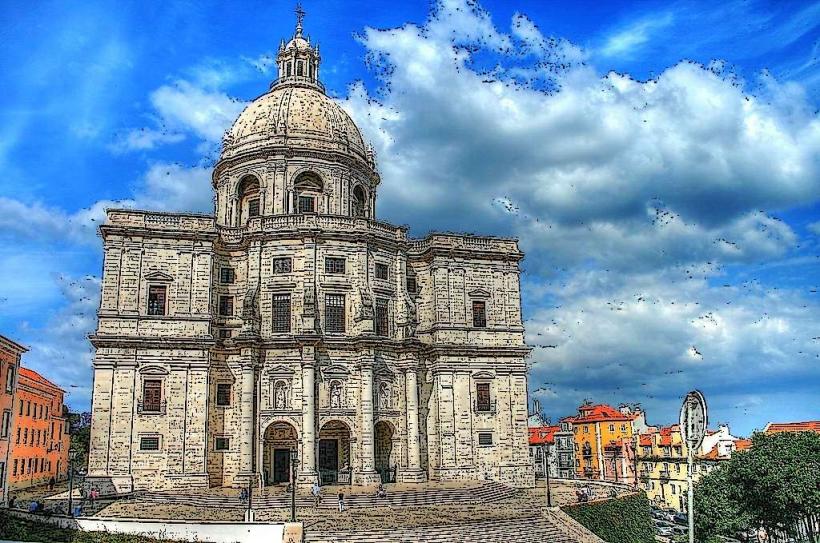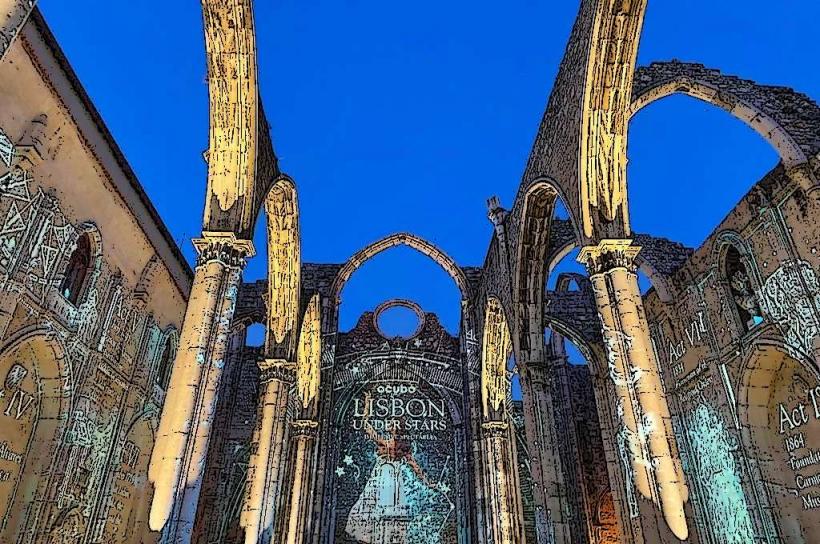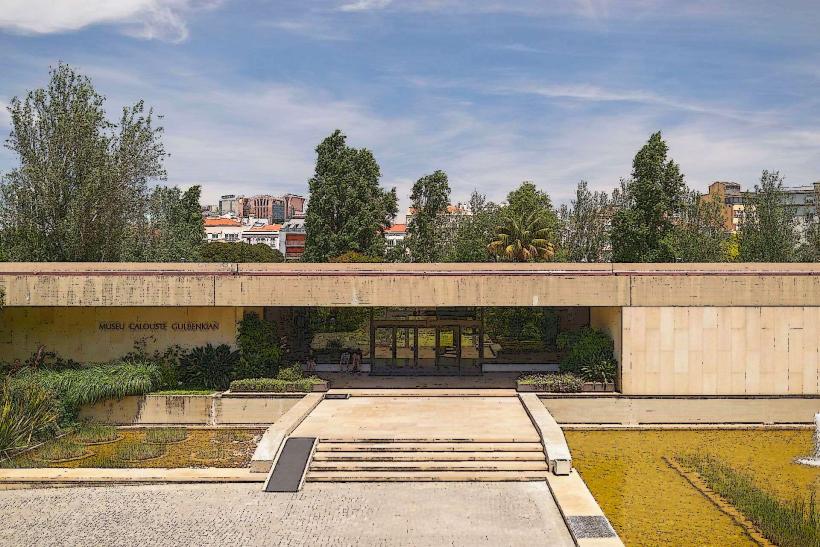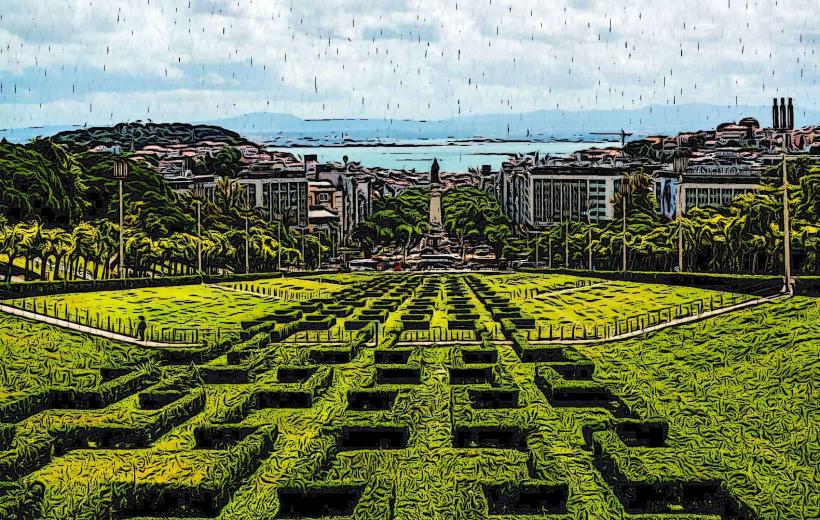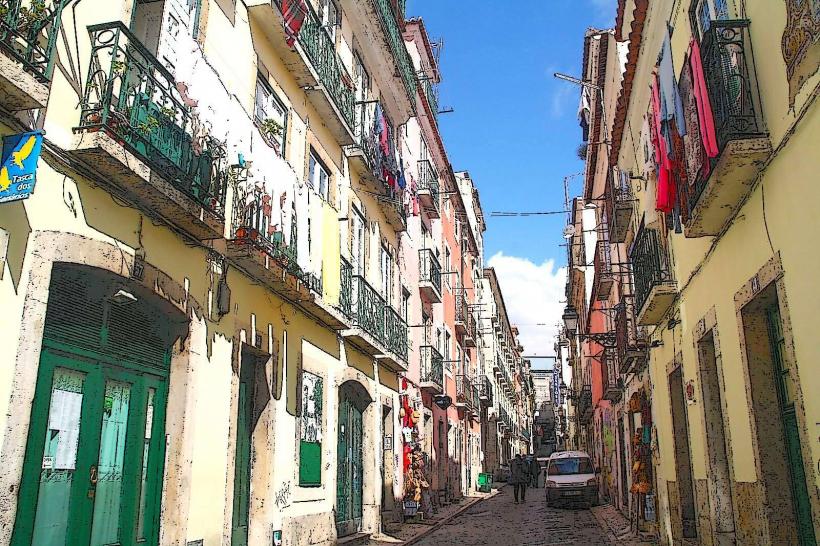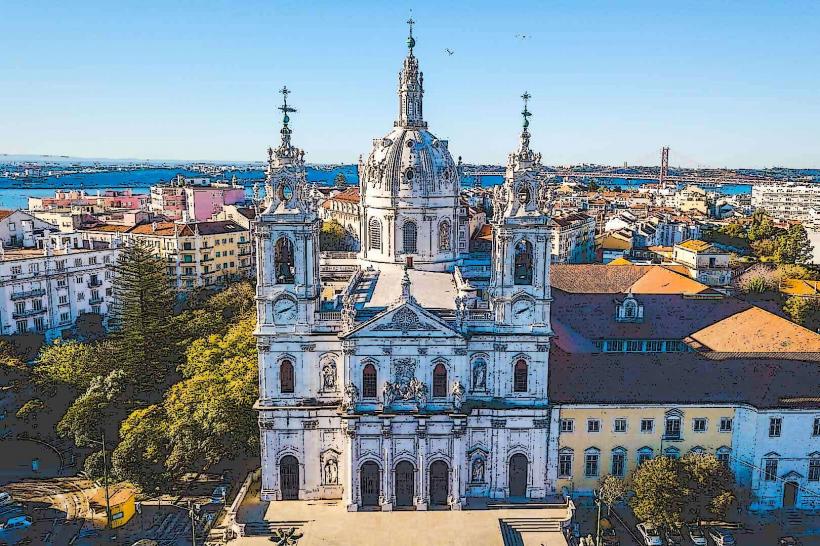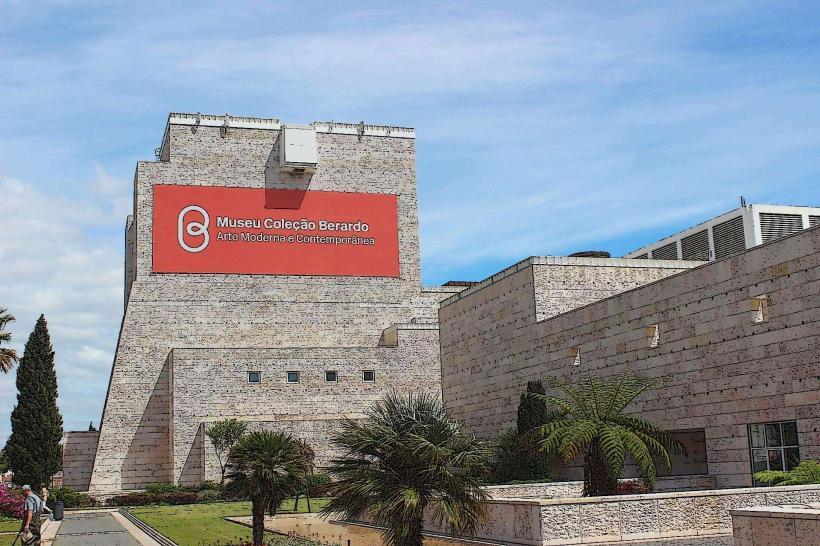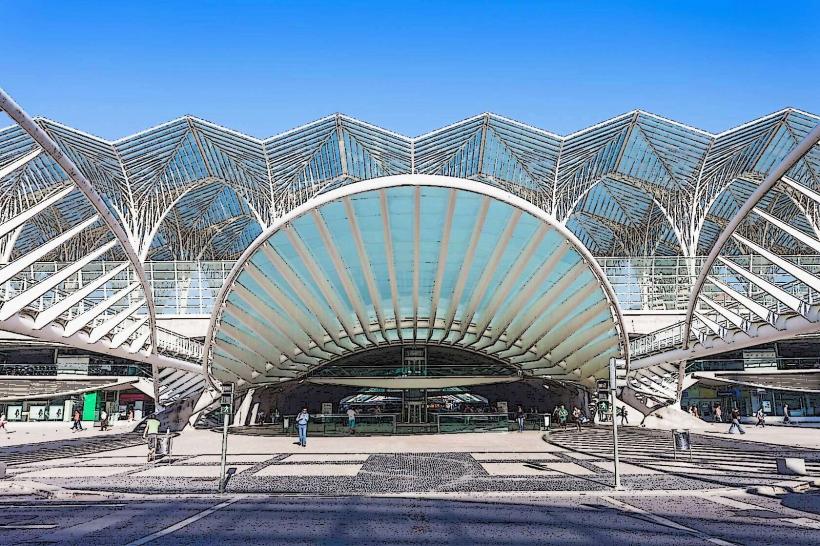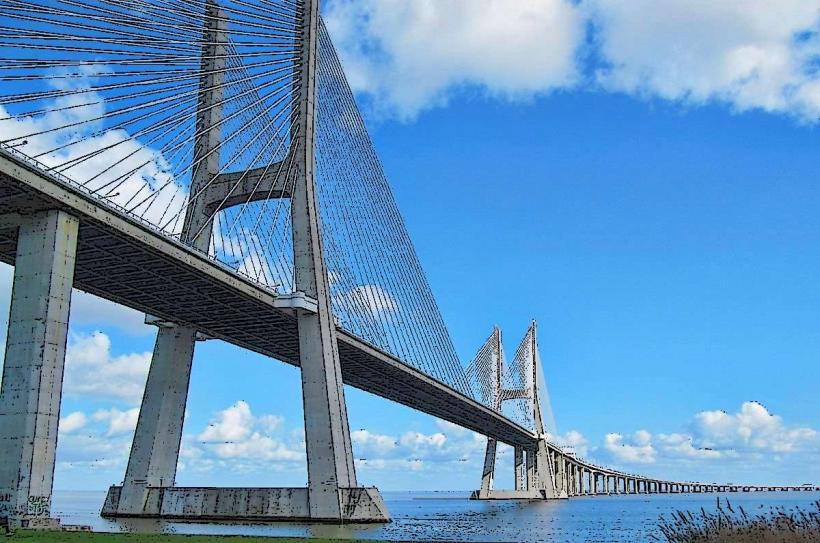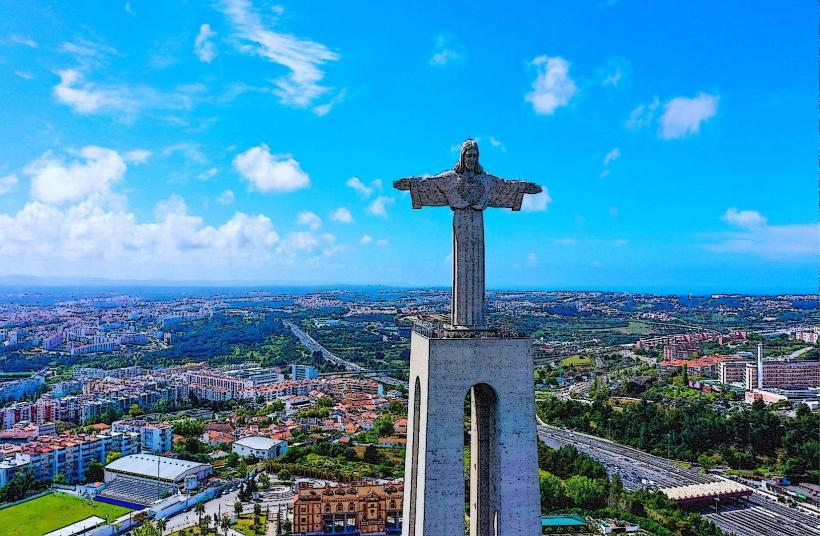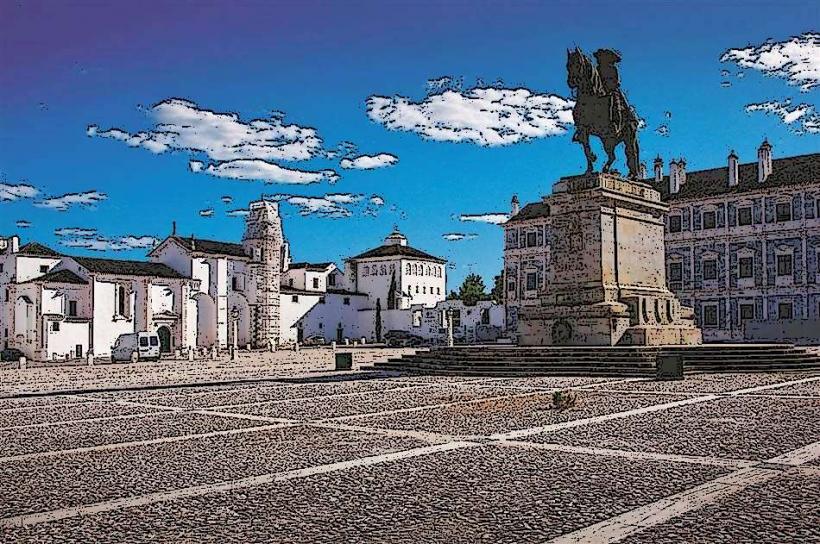Information
Landmark: Rossio SquareCity: Lisbon
Country: Portugal
Continent: Europe
Rossio Square (Praça de D. Pedro IV) is one of the most iconic and bustling public squares in Lisbon, Portugal, and serves as a central point of the city’s social and cultural life. Situated in the Baixa district, the square has a rich history and is surrounded by some of Lisbon’s most important landmarks. Here’s a detailed look at Rossio Square:
1. Historical Significance
- Origins: Rossio Square’s history dates back to medieval times. Originally a marketplace, the square became the center of trade and commerce for Lisbon’s residents. In the 16th century, it was known as the Praça de St. Domingos, named after the nearby Church of St. Domingos.
- Royal Connection: In the early 19th century, after the Napoleonic Wars, the square was renamed Praça de D. Pedro IV, in honor of King Pedro IV of Portugal, who also became the first Emperor of Brazil. This change reflected the importance of the square in the new political era following the monarchy’s consolidation of power.
- Revolutionary Significance: Over the centuries, the square has been the site of numerous historical events, including political protests, executions, and public celebrations. One of the most notable events was the Republican Revolution of 1910, which led to the establishment of the Portuguese Republic.
2. Architectural Features
- Pavement Design: One of Rossio Square’s most distinctive features is its paving, which consists of intricate black-and-white wave patterns made of Portuguese stone. This artistic design, which was created in the 19th century, is a striking visual element that makes the square stand out. The pattern creates an optical illusion, and it’s a popular spot for tourists to take photographs.
- Fountain: In the center of the square stands a large bronze fountain, which was designed in the 19th century in French style. The fountain is decorated with sculptures of mythological figures and is a central feature of Rossio Square. It adds to the beauty and symmetry of the space and is particularly picturesque when illuminated at night.
- Statue of King Pedro IV: At the northern end of the square, in front of the National Theatre of D. Maria II, stands an equestrian statue of King Pedro IV. The statue, created in the 19th century, commemorates the king’s pivotal role in both Portuguese and Brazilian history. King Pedro IV is shown on horseback, symbolizing his leadership and connection to both nations.
- The National Theatre of D. Maria II: The National Theatre of D. Maria II (Teatro Nacional D. Maria II), located at the northern side of the square, is a neoclassical building that plays an important role in Lisbon's cultural life. It is one of the most prominent theatres in the city and hosts performances ranging from classical plays to contemporary works. The building’s impressive architecture, with its grand columns and portico, makes it a key part of the square’s identity.
- Surrounding Architecture: Rossio Square is surrounded by neoclassical buildings, some of which are adorned with ornate facades. Many of these buildings are historic hotels, shops, and cafes that add to the square’s lively atmosphere. The architecture provides a sense of grandeur and elegance, reflecting the importance of Rossio as the heart of Lisbon.
3. Cultural and Social Hub
- Historical Heart of Lisbon: Rossio Square has been the center of Lisbon’s social and political life for centuries. It has long been a gathering place for locals, serving as a venue for celebrations, protests, and communal events. The square is always lively, filled with people, whether it’s locals meeting friends or tourists exploring the city.
- Cafes and Restaurants: Rossio Square is home to several historic cafes and restaurants. One of the most famous is the Café Nicola, which dates back to the 18th century. This café, along with others in the square, has long been a gathering spot for Lisbon’s intellectuals and artists. The square’s many terraces offer a perfect setting to sit, have a coffee, and watch the world go by.
- Transport Hub: Rossio Square is a central point in Lisbon’s public transportation network. The Rossio Railway Station is located at the northern side of the square and is one of the most beautiful train stations in the city. The station is housed in a neo-manueline building with an impressive facade. It serves as a gateway to the Sintra region, one of Lisbon’s most popular day-trip destinations.
- Entertainment and Festivals: Rossio Square is often used as a venue for public events, such as street performances, concerts, and festivals. The square’s open space and central location make it an ideal place for large gatherings, and it’s often filled with live music, dancers, and entertainers.
4. Nearby Attractions
- Santa Justa Lift (Elevador de Santa Justa): A short walk from Rossio Square, the Santa Justa Lift is an iconic elevator that connects the Baixa district with the Chiado neighborhood. The lift offers panoramic views of Lisbon from its top platform, making it a popular tourist attraction.
- Rua Augusta: Just to the south of Rossio Square is Rua Augusta, one of Lisbon’s most famous streets. This pedestrianized avenue is lined with shops, cafes, and restaurants, and it leads to Praça do Comércio (Commerce Square). Rua Augusta is one of the most vibrant streets in the city and a great place to explore on foot.
- Alfama District: A short walk to the east of Rossio Square is the Alfama District, one of the oldest neighborhoods in Lisbon. Alfama is known for its narrow, winding streets, colorful houses, and vibrant Fado music scene. It is a perfect place to wander and experience traditional Lisbon life.
5. Rossio Square Today
- Modern Role: Today, Rossio Square remains one of the most visited places in Lisbon. It is a key point in the city’s tourism circuit, offering easy access to other major attractions, shopping streets, and cultural venues. The square also serves as a transit point for travelers heading to the Sintra region or the Lisbon suburbs.
- Tourist-Friendly: The square is always filled with both locals and tourists. It has a relaxed atmosphere, with many people enjoying the views of the surrounding architecture, people-watching, or taking photos of the grand statue of King Pedro IV and the beautiful fountain. The square is often considered a symbol of the city’s vibrancy and historical depth.
6. Visiting Rossio Square
- Accessibility: Rossio Square is easily accessible from other parts of Lisbon. It is located in the Baixa district, and visitors can reach it via the Rossio Railway Station, metro (the Rossio station on the Green Line), or tram. The square is pedestrian-friendly and can be explored on foot.
- Best Time to Visit: The square is always lively, but it’s particularly enchanting at night when the lights illuminate the fountains and the King Pedro IV statue. It is also a great spot to visit in the early morning, when it is quieter and perfect for a peaceful stroll.
- Nearby Attractions: After visiting Rossio Square, you can easily explore nearby attractions, such as the Santa Justa Lift, the Rua Augusta, and Praça do Comércio. If you’re interested in history and culture, a visit to the National Theatre of D. Maria II or the Café Nicola is also recommended.
7. Nearby Attractions
- Santa Justa Lift (Elevador de Santa Justa): A short walk from Rossio Square, the Santa Justa Lift is an iconic elevator that connects the Baixa district with the Chiado neighborhood. The lift offers panoramic views of Lisbon from its top platform, making it a popular tourist attraction.
- Rua Augusta: Just to the south of Rossio Square is Rua Augusta, one of Lisbon’s most famous streets. This pedestrianized avenue is lined with shops, cafes, and restaurants, and it leads to Praça do Comércio (Commerce Square). Rua Augusta is one of the most vibrant streets in the city and a great place to explore on foot.
- Alfama District: A short walk to the east of Rossio Square is the Alfama District, one of the oldest neighborhoods in Lisbon. Alfama is known for its narrow, winding streets, colorful houses, and vibrant Fado music scene. It is a perfect place to wander and experience traditional Lisbon life.
Summary
Rossio Square is one of Lisbon’s most important and historic public spaces. From its neoclassical architecture to its famous wave-patterned pavement, the square offers a snapshot of the city’s past and present. With its fountain, statue of King Pedro IV, and National Theatre of D. Maria II, it serves as a cultural and social hub, drawing both locals and tourists. Whether you're interested in history, architecture, or simply enjoying the lively atmosphere, Rossio Square is a must-see destination in Lisbon.

